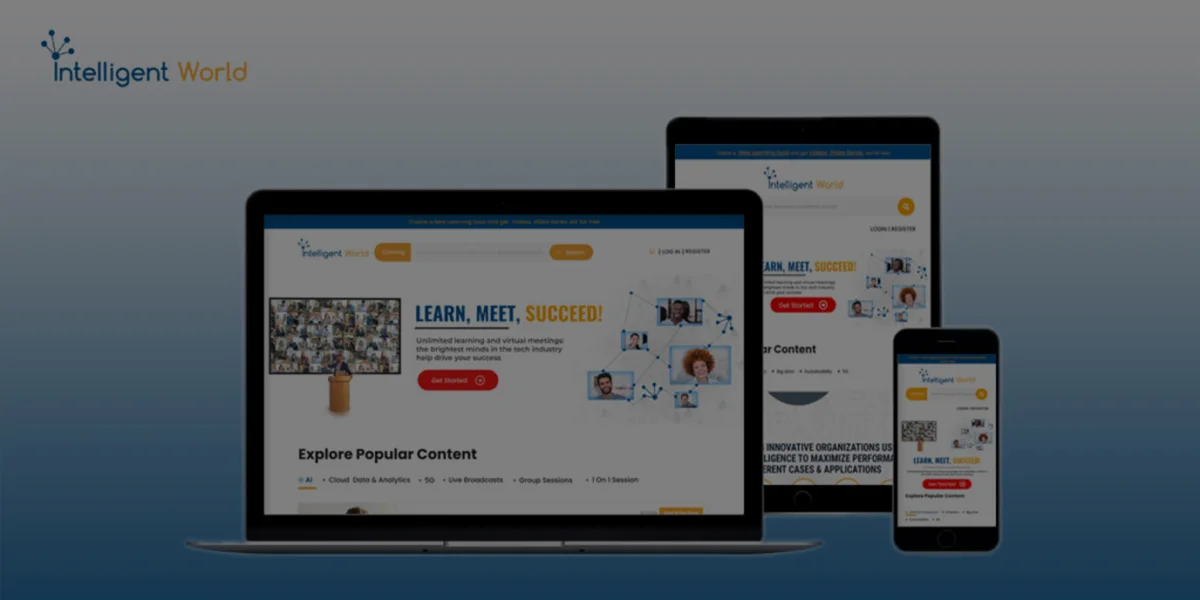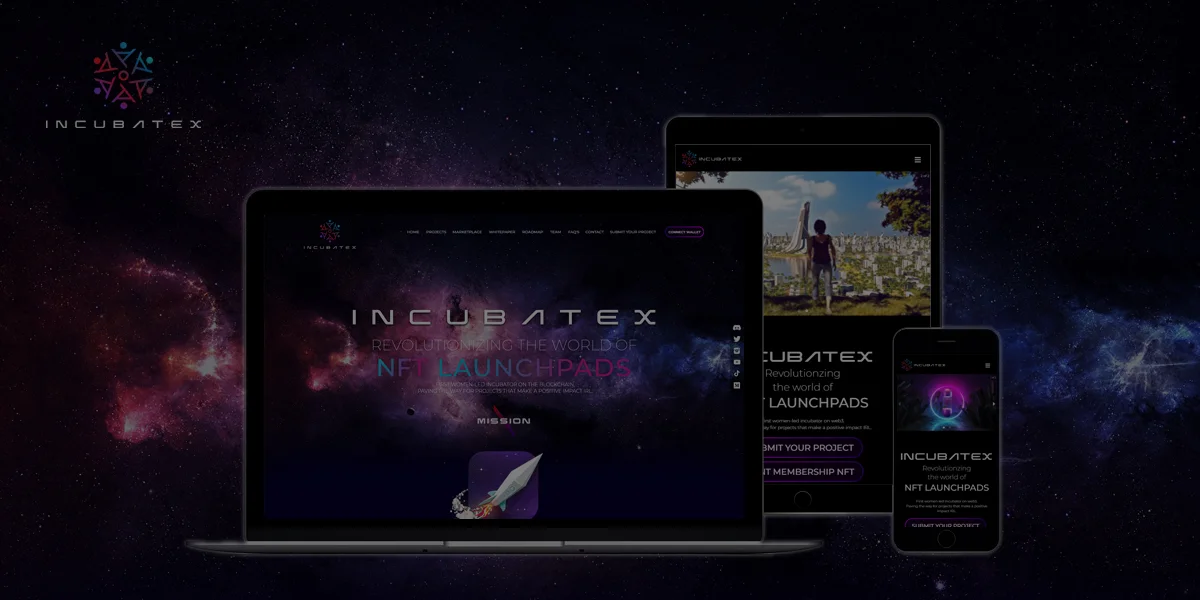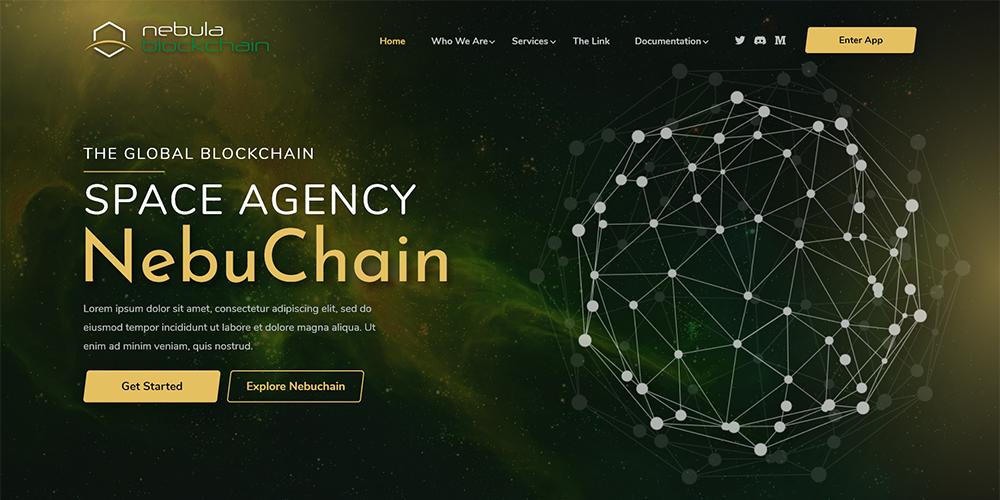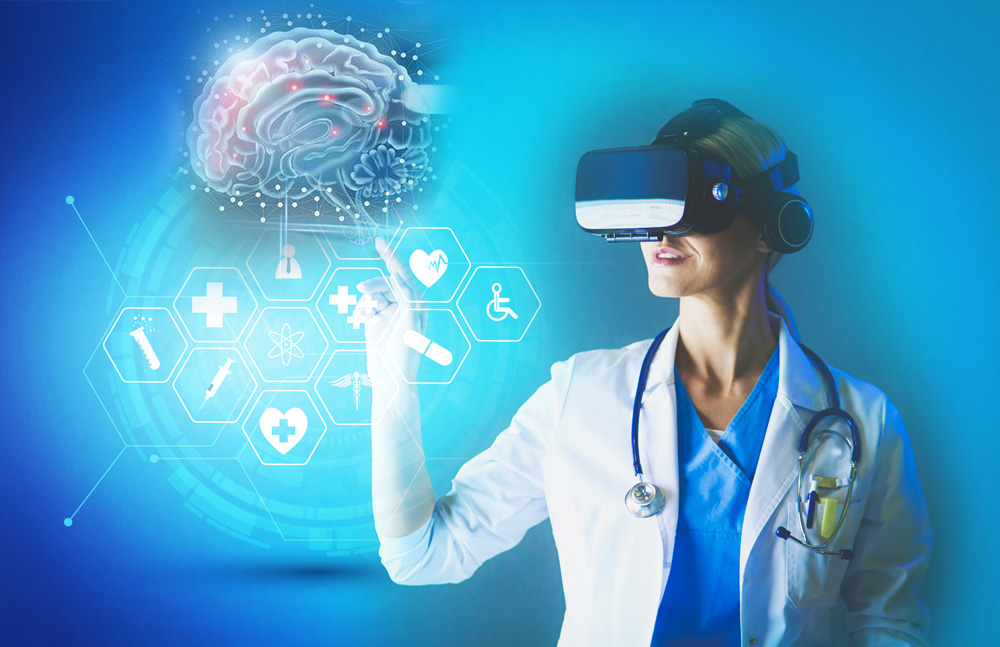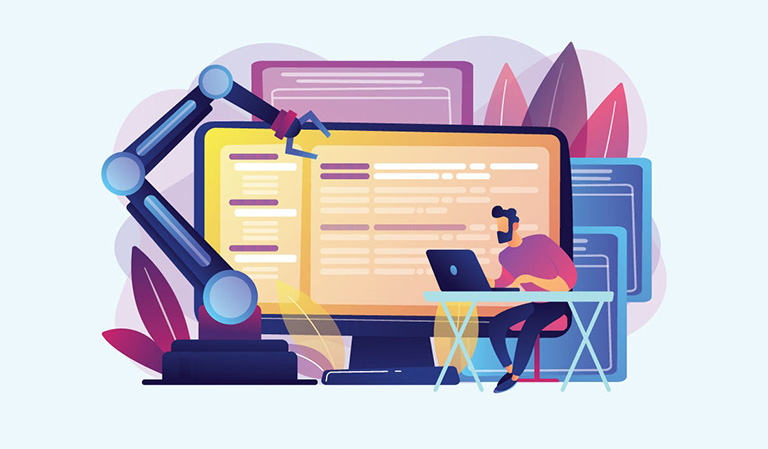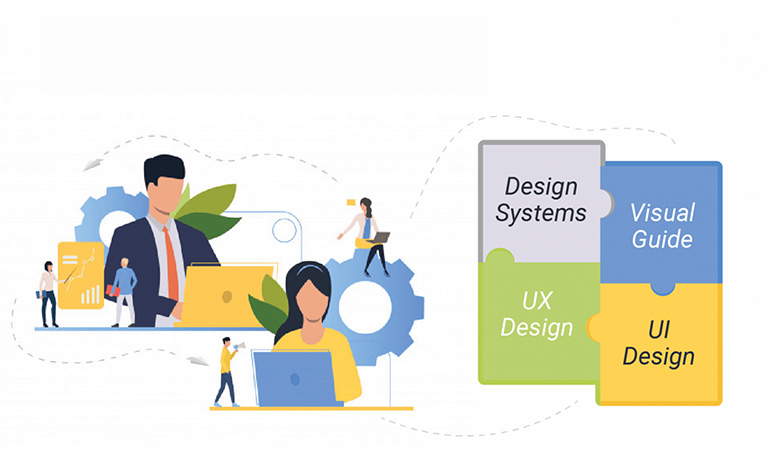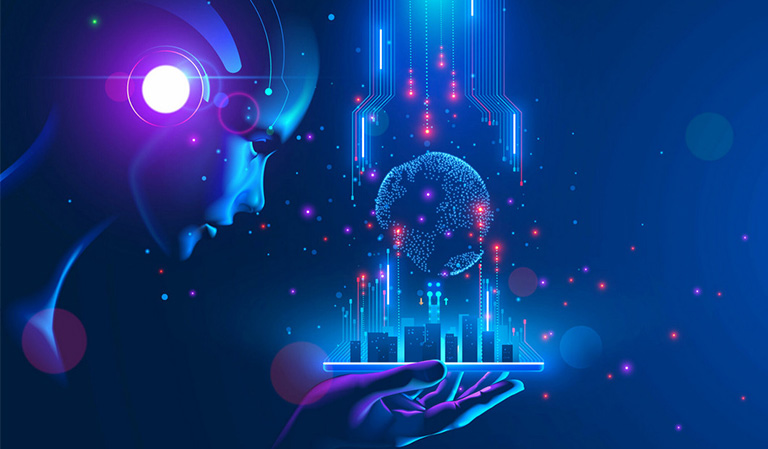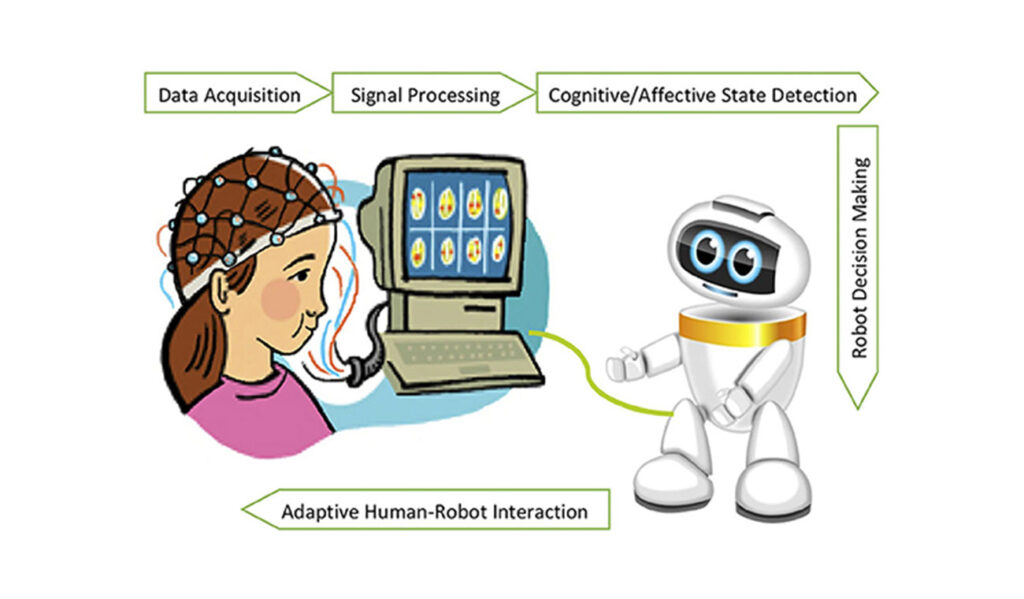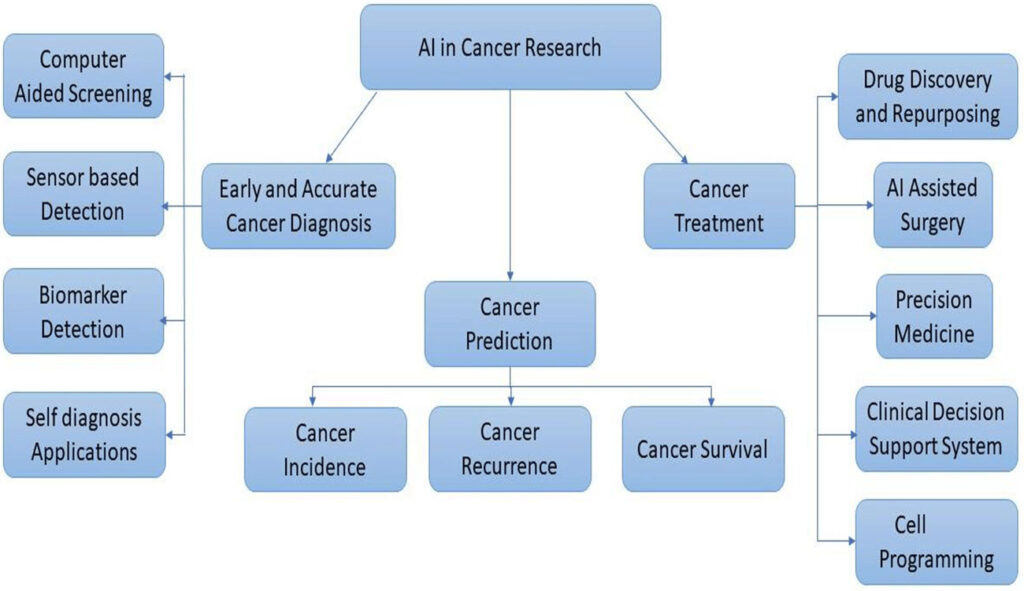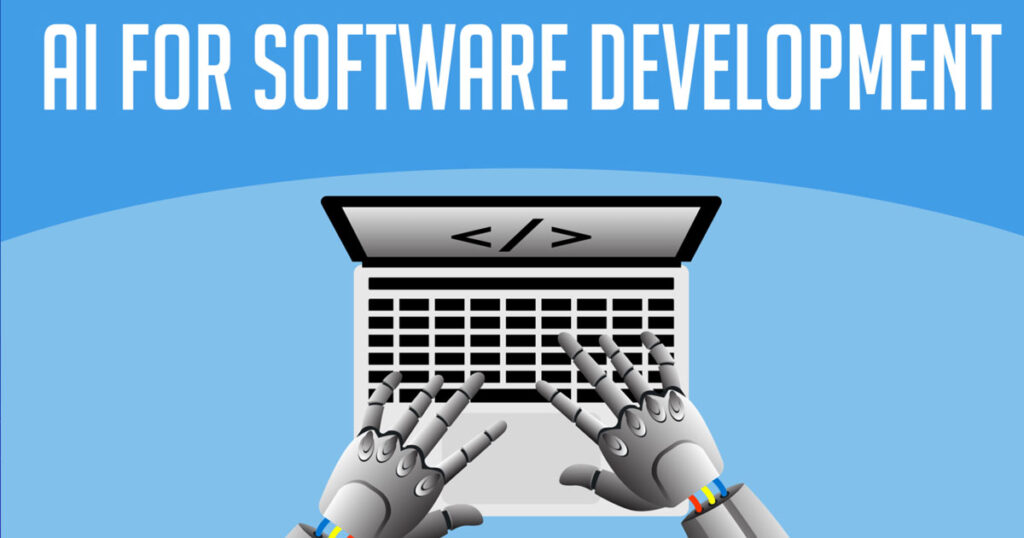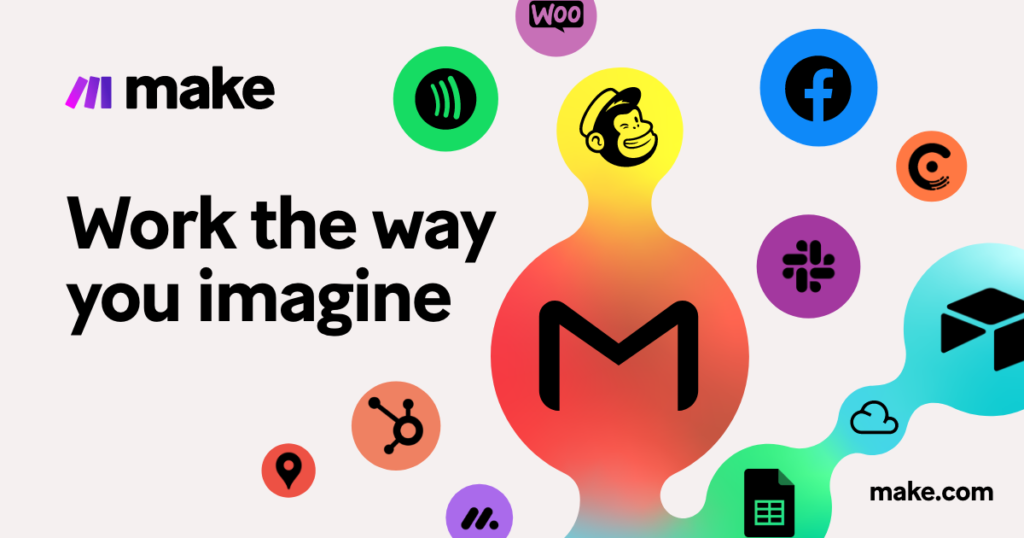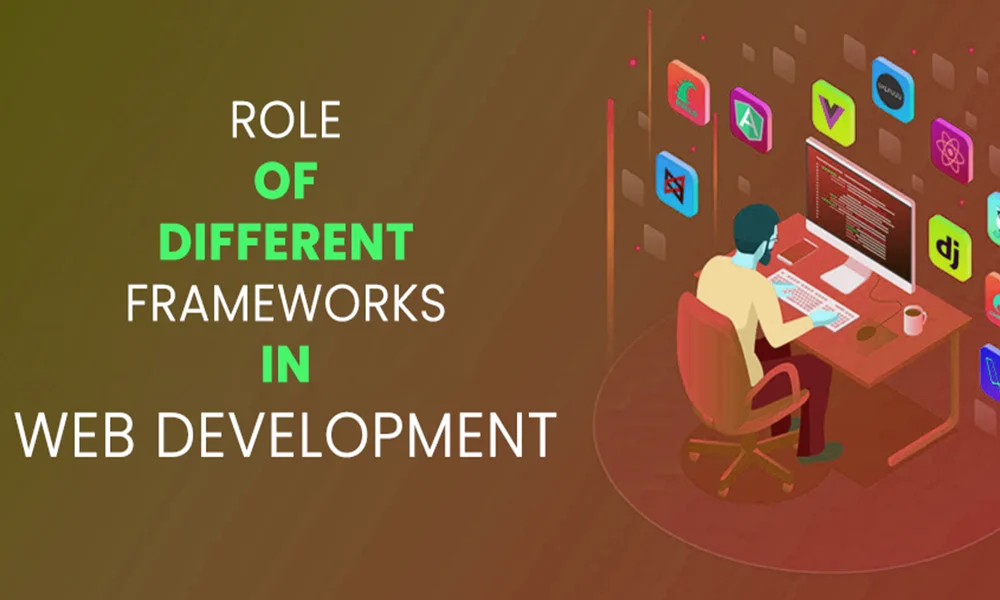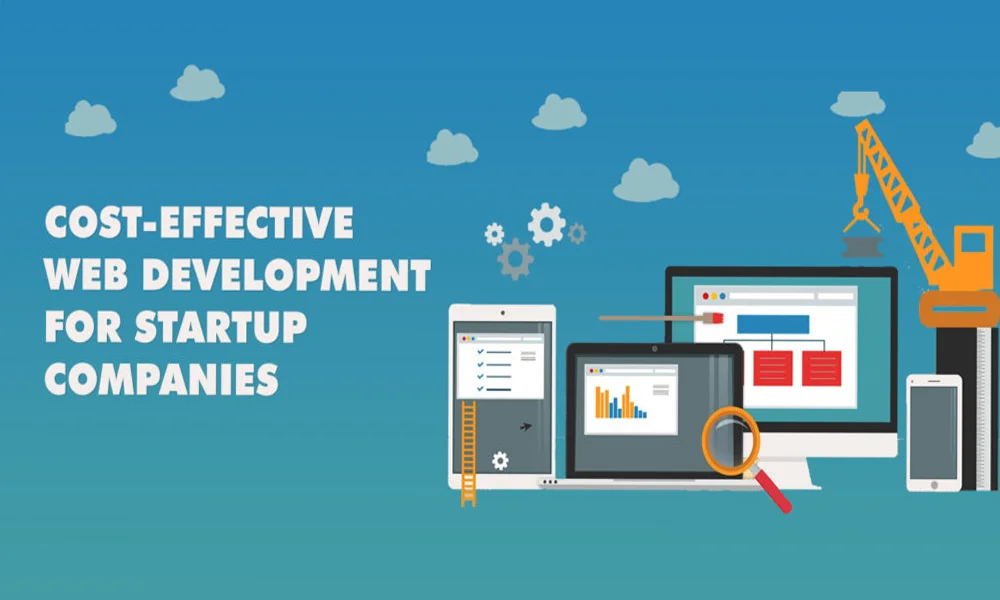We make
digital beautiful
WE ARE CREATIVE
AGENCY
We make
digital beautiful
HAVE A PROJECT IN MIND ?
HIRE TOP
DEVELOPERS
Why work
with Us

FOR ENTERPRISE, STARTUPS AND SMALL BUSINESSES
- Strategic business insights
- Information transformation
- Execution Phase
- Process and business transformation

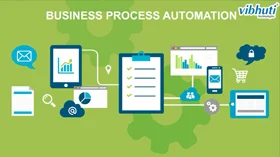

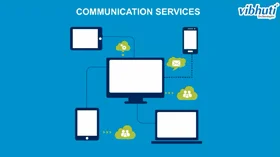
HIRE TOP
DEVELOPERS
Our Insights
& Research
WE ARE
CERTIFIED
Our Clients
Love our work
We are passionate about delivering exceptional digital solutions that exceed our clients’ expectations. We take pride in providing high-quality web design, mobile app development, and software development services that help our clients achieve their business goals.


I will use this organization and Sukhwinder again for sure. They were great, patience, and great communication and did a great job. When an issue was brought up they addressed it right away. Did a great job with the SEO and web edits as well.
Aleah Dunfield
I enjoyed working with Vibhuti Technologies. Team was very successful in completing our programming needs. I hope to hire again soon.
Jeff Megow
I showed them a concept app and they created it. They also added features to the app that were necessary and did an awesome job. Was very patient and answered all my questions. Will do business with Vibhuti Technologies again. Thank you!!
David Villareal
It was a pleasure to work with Santoshi and we are very satisfied with her work.
Bastian Durek
Rachna was skilled and eager to get the job done well and correctly. I would hire her again.
Isabelle Morton
Great to work with highly recommended.
Jason Lee
Great experience working together. Very thorough and genuine. Even with a 9.5 hour difference we managed communications well. We would highly recommend working with Vibhuti Technologies.
Jennifer S
Great group to work with. Kampaj in particular was always responsive, quick to get the tasks and stories done. He knows his way around wordpress and can make just about anything happen. Recommended ++
Adam Hofmann
It was great to work with Vibhuti Technologies. Excellent work ethic and right on point with what needed to be done.
Stephanie Kubik
Would absolutely recommend Vibhuti Technologies. Good work and good communication.Very helpful and dedicated team to completing the task as requested



